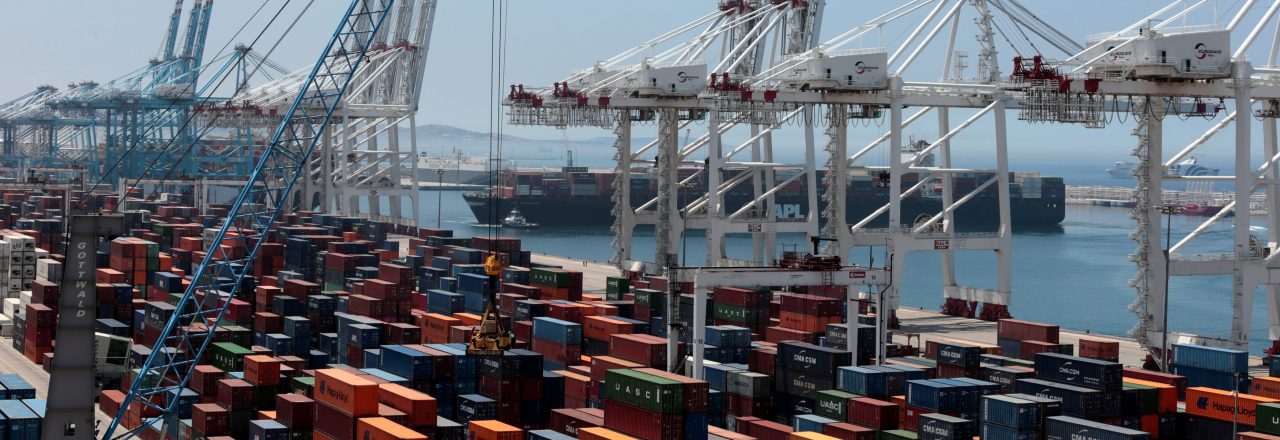
Paper
Who Owns What? – Free Trade Policies, Migration Management and the Ambiguity of “Joint Ownership”
Abstract
The concept of joint ownership has become a buzzword since the 1990s not only in strategies of international organisations, such as the United Nations (UN), the World Bank (WB) or the International Monetary Fund (IMF), but also in European Union (EU) foreign policy. Since the launch of the European Neighbourhood Policy (ENP) in 2004 joint ownership has been defined as one of its main principles. The importance of joint ownership was reconfirmed within the revised ENP in 2015, which acknowledged the need to involve relevant members of civil society as well as social partners in consultations.
Despite the appearance of joint ownership in several EU documents and its use as an example of an inclusive approach, the definition offered remains quite vague. Thus, it is unclear to what extent governments, local stakeholders, civil society and social partners should co-own certain policies. Whose considerations should count and should joint ownership be operationalised within the decision-making or implementation process? How can the operationalisation of the concept be evaluated?
This policy paper critically investigates the EU’s concept of joint ownership. Drawing on two case studies, namely free trade policies and migration management, the paper analyses the implications and limitations of the EU’s partnership relation with its southern neighbourhood.


